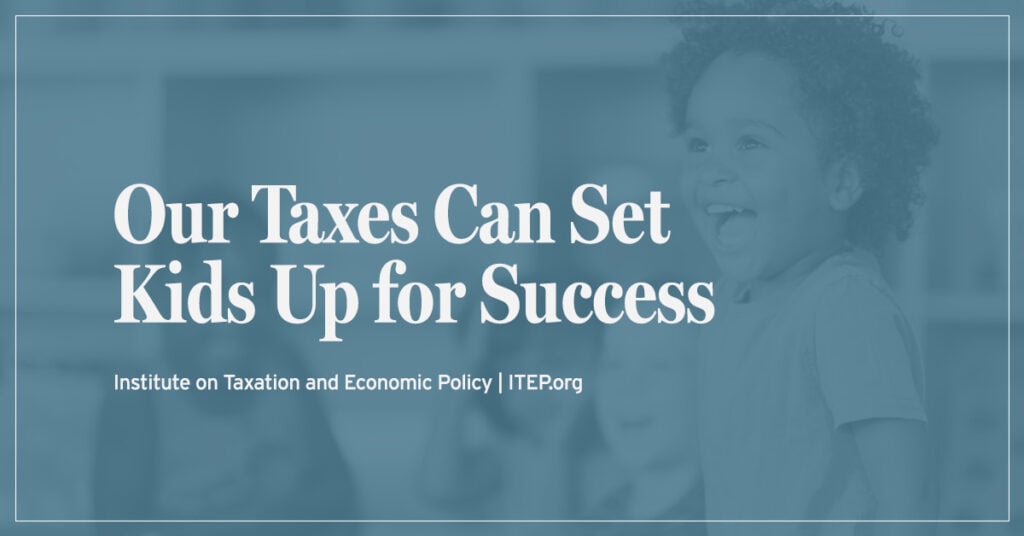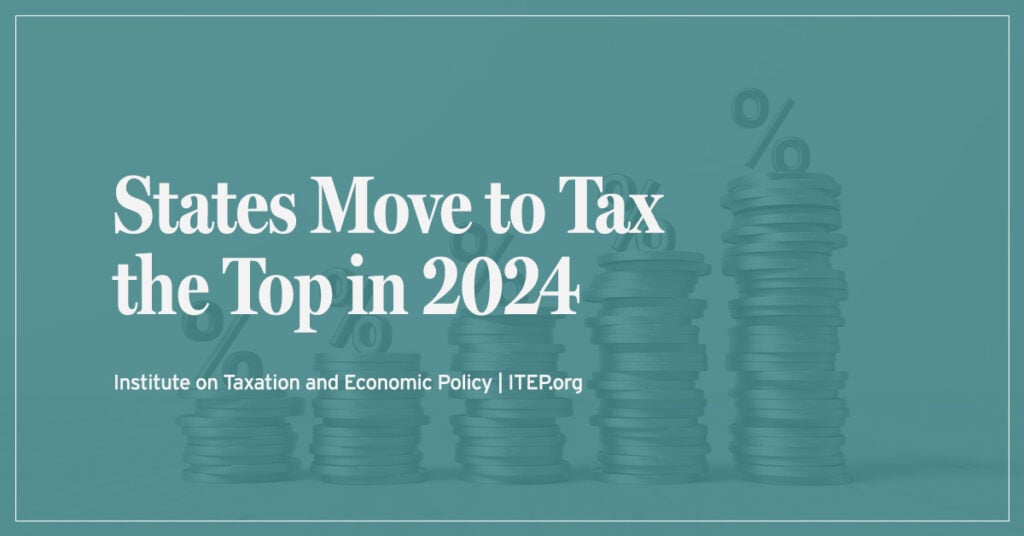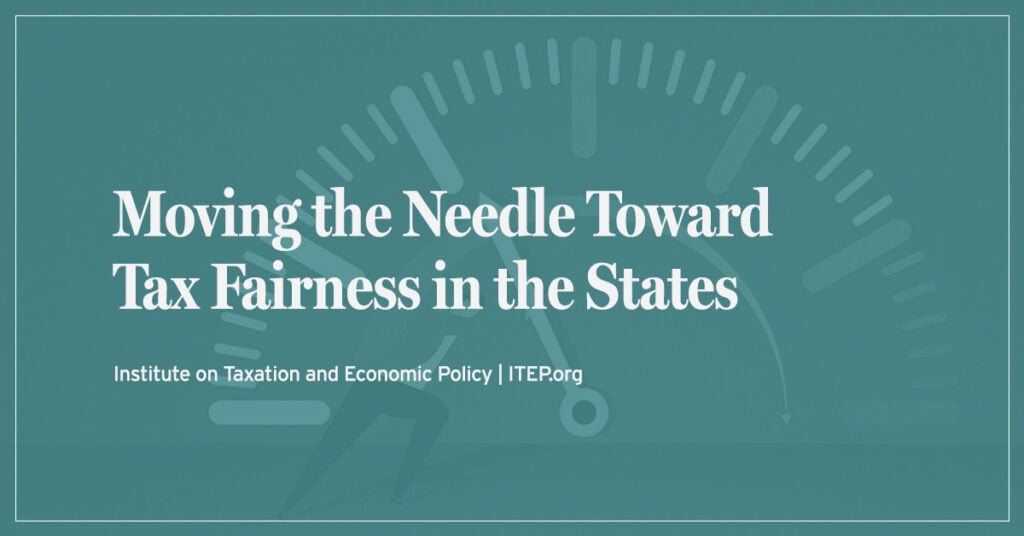“Both the bureau’s and Mayor Petty’s proposal nevertheless would shift a greater share of the tax burden to those least able to afford it.
The Institute on Taxation and Economic Policy, for example, has noted that ‘on average, poor homeowners and renters pay more of their income in property taxes than do any other income group – and the wealthiest taxpayers pay the least.’
The ITEP also notes that ‘poor families pay almost eight times more of their income in these taxes than the best-off families, and middle-income families pay more than four times the rate of the wealthy.’
According to the group, the lower one’s income, the higher one’s overall effective and local tax rate. In 2015, for example, the overall state and local tax rate in Massachusetts was 10.4 percent for individuals making less than $22,000; 9.3 percent for those making $44,000 to $70,000; 7.1 percent for those making $252,000 to $860,000 and 4.9 percent for those making above $860,000. With the widening income inequality gap in the country, the tax burden trend is evident.”
Read more
Both the bureau’s and Mayor Petty’s proposal nevertheless would shift a greater share of the tax burden to those least able to afford it.
The Institute on Taxation and Economic Policy, for example, has noted that “on average, poor homeowners and renters pay more of their income in property taxes than do any other income group – and the wealthiest taxpayers pay the least.”
The ITEP also notes that “poor families pay almost eight times more of their income in these taxes than the best-off families, and middle-income families pay more than four times the rate of the wealthy.”
According to the group, the lower one’s income, the higher one’s overall effective and local tax rate. In 2015, for example, the overall state and local tax rate in Massachusetts was 10.4 percent for individuals making less than $22,000; 9.3 percent for those making $44,000 to $70,000; 7.1 percent for those making $252,000 to $860,000 and 4.9 percent for those making above $860,000. With the widening income inequality gap in the country, the tax burden trend is evident.





